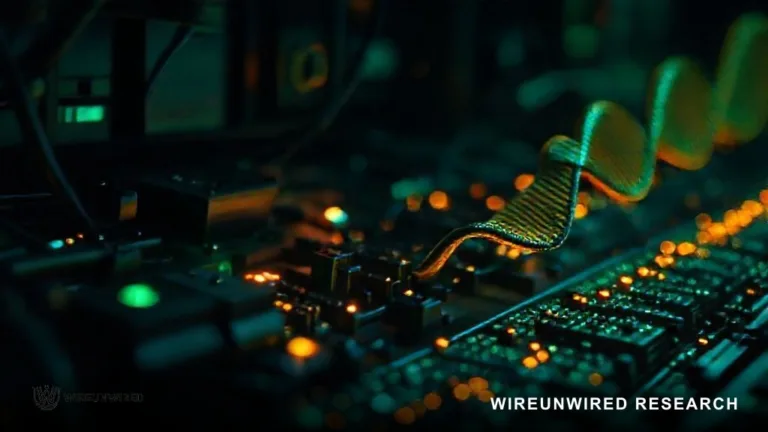Key Insights
- First foundry-ready superconductive semiconductor using germanium achieved by an international team, opening new avenues for quantum circuits and energy-efficient devices.
- Gallium doping via molecular beam epitaxy enables superconductivity in germanium, a material already central to semiconductor manufacturing.
- The breakthrough is hailed as the “holy grail” for quantum research, with immediate relevance for scalable quantum computing and electronics.
Superconductive Semiconductor Breakthrough: Germanium Takes Center Stage
In a landmark achievement announced on October 31, 2025, a multinational team of physicists—including researchers from the University of Queensland and New York University—has successfully transformed germanium, a semiconductor widely used in electronics, into a superconductor. This development represents the first foundry-ready superconductive semiconductor and is already being hailed as a “holy grail” in quantum research. If able to do be replicated at mass it could pave the way for scalable, energy-efficient quantum circuits and next-generation quantum devices.
How Germanium Became Superconductive ?
For more than 60 years, physicists have attempted to induce superconductivity in elemental semiconductors like germanium, facing persistent challenges due to atomic-scale imperfections and instability during high doping. The breakthrough came from a precision crystal-growth process known as molecular beam epitaxy (MBE), which allowed researchers to insert gallium atoms into the germanium lattice with unprecedented accuracy. By growing thin, defect-free crystal layers, the team overcame previous hurdles that had stymied direct integration of superconductivity into semiconductor platforms .
Advanced X-ray techniques confirmed the successful incorporation of gallium at high densities—without destabilizing the crystal structure. This enabled the germanium to conduct electricity with zero resistance at cryogenic temperatures (around 3.5 Kelvin, or -270.45°C), a dramatic milestone for a material already central to chip fabrication .
Comparison: Germanium vs. Traditional Superconductors
| Feature | Superconductive Germanium | Conventional Superconductors |
|---|---|---|
| Foundry Compatibility | High (existing processes) | Often low (specialized setups) |
| Base Material | Semiconductor (germanium) | Intermetallic compounds |
| Integration Potential | Seamless with chips | Challenging |
| Operating Temperature | 3.5 K (cryogenic) | Varies, often lower or similar |
| Scalability | High | Limited |
Industry and Scientific Reaction
The scientific community has responded with enthusiasm, emphasizing the potential for scalable quantum technologies and hybrid quantum devices. Javad Shabani, NYU physicist and director of its Center of Quantum Information Physics and Quantum Institute, stated:
“Establishing superconductivity in germanium, which is already widely used in computer chips and fiber optics, can potentially revolutionize scores of consumer products and industrial technologies.”
Peter Jacobson of the University of Queensland added:
“These materials could underpin future quantum circuits, sensors, and low-power cryogenic electronics, all of which need clean interfaces between superconducting and semiconducting regions.”
Industry experts note that germanium’s existing role in chip manufacturing means this approach is immediately relevant for adoption by semiconductor foundries, making it a practical leap rather than a purely theoretical one .
Quantum Computing and Future Applications
The convergence of superconductivity and semiconducting properties within germanium unlocks new possibilities for quantum computing, low-power electronics, and wireless communications. Superconducting germanium allows for clean interfaces between classical and quantum regions—a crucial requirement for next-generation quantum circuits, sensors, and cryogenic electronics .
To Read the full paper read :Science daily release.
Join the Conversation
For real-time tech news discussion, join our WhatsApp group “WireUnwired Research” here or connect with our LinkedIn community here.
Discover more from WireUnwired Research
Subscribe to get the latest posts sent to your email.




